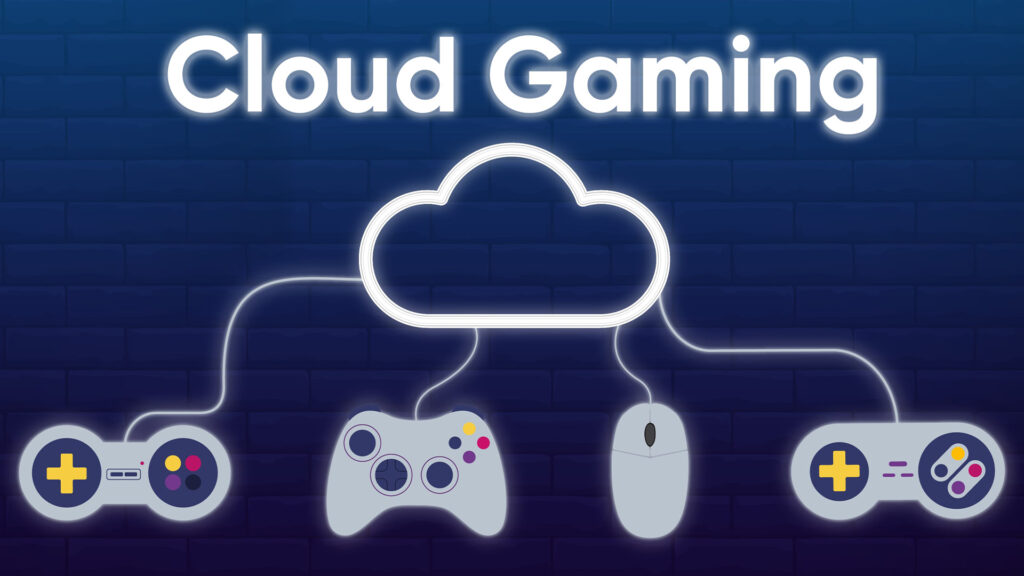As technology continues to evolve, video gaming is projected to become even more exciting and immersive. If you’re looking to get into the world of gaming, then better prepare yourself for the advanced technologies soon to come. In this guide, we’ll look at the top 5 video gaming technologies that are expected to shape the next generation of entertainment in 2023. Get ready for faster processes and striking visuals as these technologies enhance interactive experiences beyond your wildest dreams.
Augmented Reality

Source: pinterest.com
Augmented Reality (AR) is a technology that combines physical and virtual information to create immersive experiences. It has become an essential part of modern video gaming, allowing players to interact with their environment in new ways. AR has been used for various applications according to thelostgamer.com news, ranging from industrial uses to education. The most common way to experience this technology is through head-mounted displays or mobile devices.
There are different types of AR, including Marker-based AR, which uses images like markers or symbols to trigger interactive content within the game environment. Location-based augmented reality utilizes GPS data as well as other mappable databases like OpenStreetMap and Google Maps. Projection-based AR creates virtual objects that then appear on flat surfaces using projection mapping techniques; it can be used for video games where players manipulate 3D environments projected onto walls or tabletops.
Mixed/Merged Reality (MR) combines both virtual displays and interactive elements with real-life ones, creating an even more realistic experience than typical augmented reality games offer. Superimposition-based AR apps utilize facial recognition algorithms so that they can recognize people by scanning their faces; when applied within video games, it allows users’ characters they’re playing as too literally “match up” with those who are playing alongside them in multiplayer environments!
Virtual Reality
Virtual reality (VR) technology has become increasingly popular in recent years, with various industries utilizing its immersive experience. VR can take many forms, with the most common being a headset or goggles that use dedicated content from software platforms or games developed for the device. While headsets provide a completely immersive experience, they must be taken off to interact with the physical world around you and may cause motion sickness if not used properly.
Another type of virtual reality is Audio Virtual Reality (AVR), which is mainly used in audio-based video games such as rhythm games or VR concerts. AVR requires headphones as its main input device and allows users to interact with physical objects in the real world while still playing undisturbed due to stereo positional audio. However, there are few games that support AVR now, so this technology may take some time before it catches on across multiple genres of gaming.
Location-based virtual reality has also gained traction recently by coupling real locations with near photorealistic graphics to create lifelike experiences that cannot be achieved from home devices like consoles or PCs. These have become especially popular during the pandemic due to their ability to offer escapism without having people step out of their homes. However, they are limited by geographical constraints given that you must either travel physically or rely on online streaming services which limit user access depending on their location.
Cloud Gaming

Source: pinterest.com
Cloud gaming has revolutionized the way gamers access and play games, eliminating the need for expensive hardware and allowing for remote play from any device. There are several types of cloud gaming technology available, including Platform as a Service (PaaS), Container as a Service (CaaS), Software as a Service (SaaS), real-time clouds, and Edge computing.
PaaS allows gamers to host their own game server for more control over the game environment. CaaS places virtualized containers into the cloud environment, enabling companies or individuals to deploy their own runtime environment without physical infrastructure.
SaaS hosts programs on servers managed by third-party providers, providing seamless multiplayer experiences and direct access to content libraries. Realtime clouds offer low latency connectivity between geographically dispersed players through distributed data centers located around the world.
Edge computing allows users to run powerful operations locally using edge nodes scattered around strategic locations while putting its collective computing capacity at their disposal for smooth playback regardless of the device connected. With these various options available, cloud gaming is sure to continue growing in popularity in the years to come.
Artificial Intelligence
Artificial Intelligence (AI) is changing the gaming experience by driving stories, creating custom experiences, and making gaming worlds more dynamic. There are different types of AI systems currently used in video game development, each offering unique capabilities that contribute to the overall gameplay.
Simple AI agents display human-like behavior while pathfinding algorithms are key for allowing characters to move freely within the environment. Machine learning allows characters to learn from their interactions with other players and become smarter over time, enabling them to better identify threats or opportunities related to particular outcomes.
Knowledge representation technologies enable players who manage multiple units or characters such as war rooms to make strategies based on rule sets determined by developers during design phase 1. Fuzzy logic AIs allow development teams to craft intelligent systems in which decisions can be made without a static algorithm governing all options associated with every possible event.
Blockchain Technology

Source: youtube.com
Blockchain technology is a decentralized, distributed ledger that records transactions in a secure and transparent way. It was originally created to power cryptocurrencies such as Bitcoin, but it has since been adopted by many other industries including video gaming.
In the context of video games, blockchain technology is being used to enable decentralized ownership of in-game assets. This means that players can truly own their virtual items, rather than simply renting them from game developers. Blockchain-based ownership also makes it possible for players to trade their virtual assets with each other using non-fungible tokens (NFTs), which are unique digital assets that cannot be replicated or divided.
Blockchain technology is also creating new revenue streams for game developers through NFT sales and auctions. By creating rare and valuable in-game items, developers can generate additional income while increasing player engagement.
Conclusion
In conclusion, as technology continues to advance, new and innovative video gaming options will become available. While certain aspects of the gaming experience may remain relatively unchanged from 2020’s trends, creative designers and experts in the field will undoubtedly continue to push boundaries and explore new avenues for gaming-related technologies. As a result, 2023 is sure to bring both exciting surprises and welcome upgrades for avid gamers everywhere.